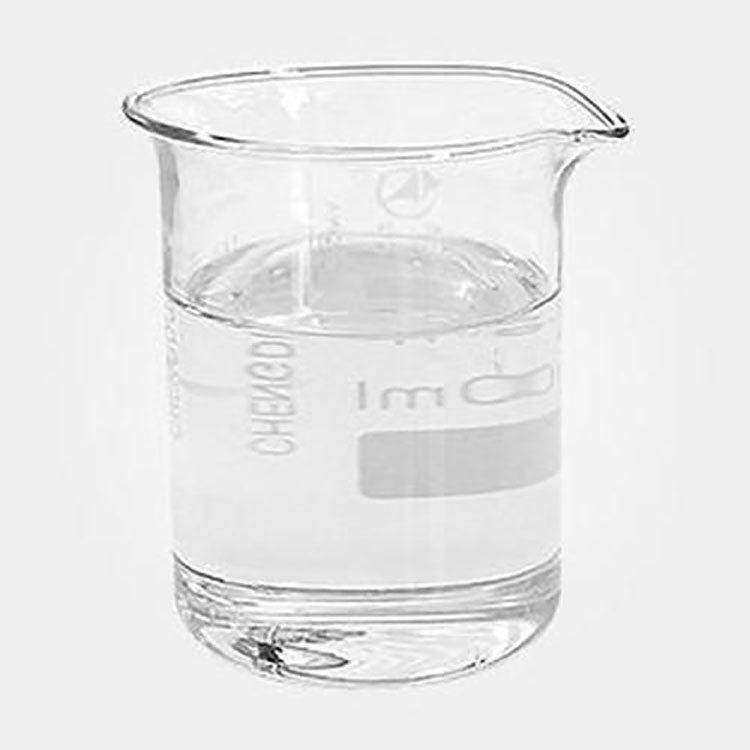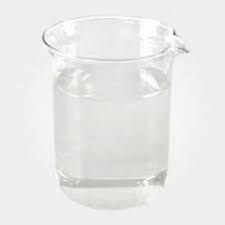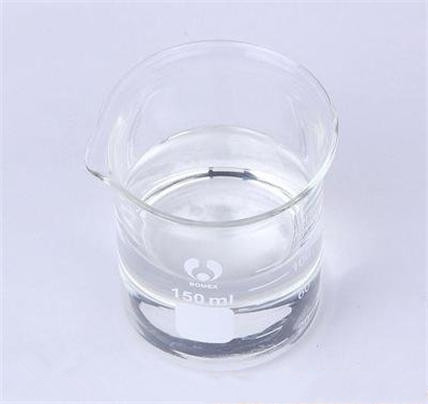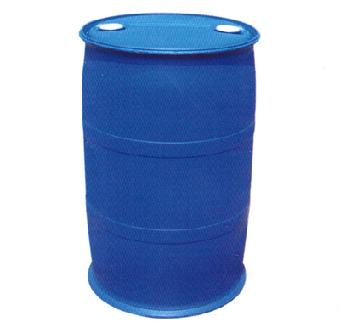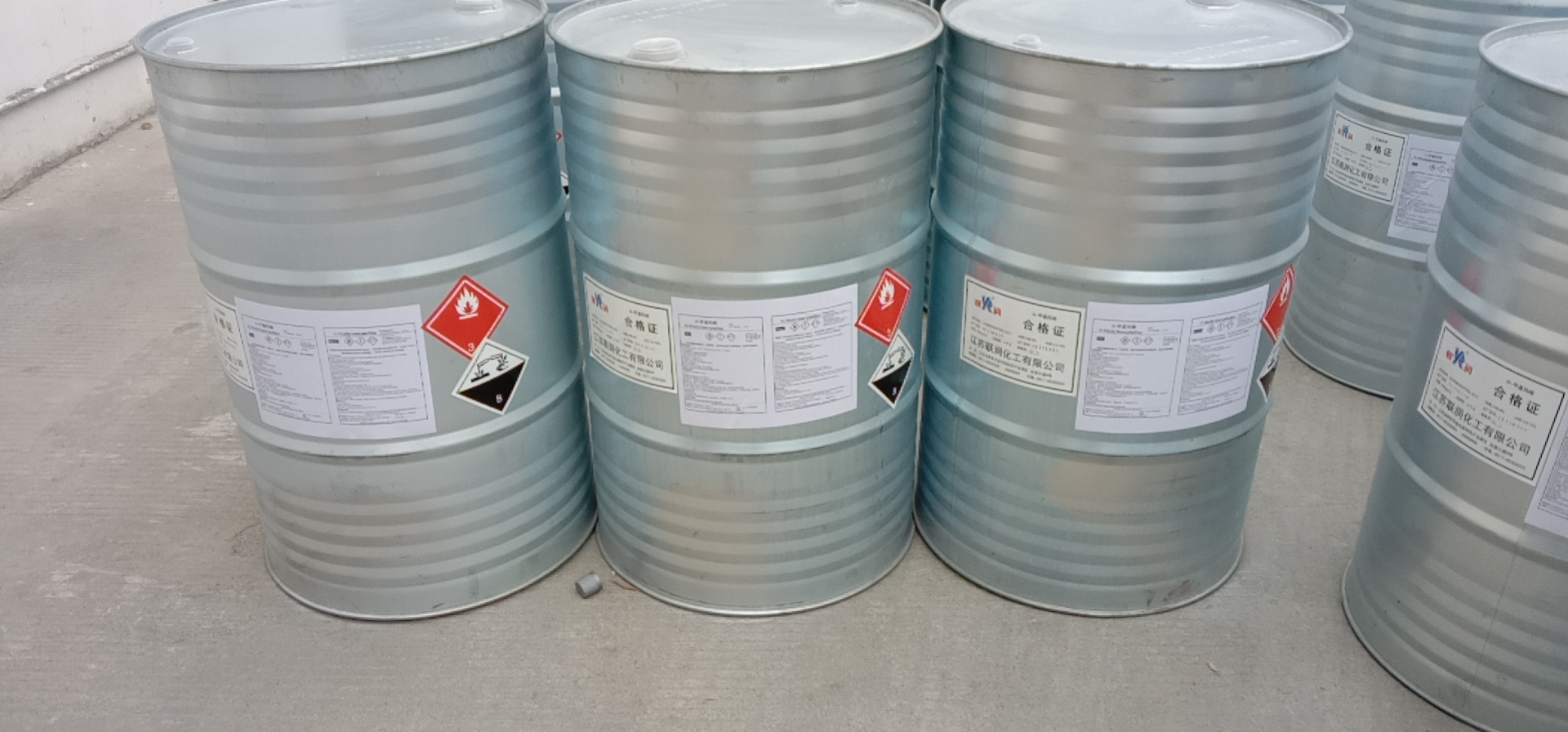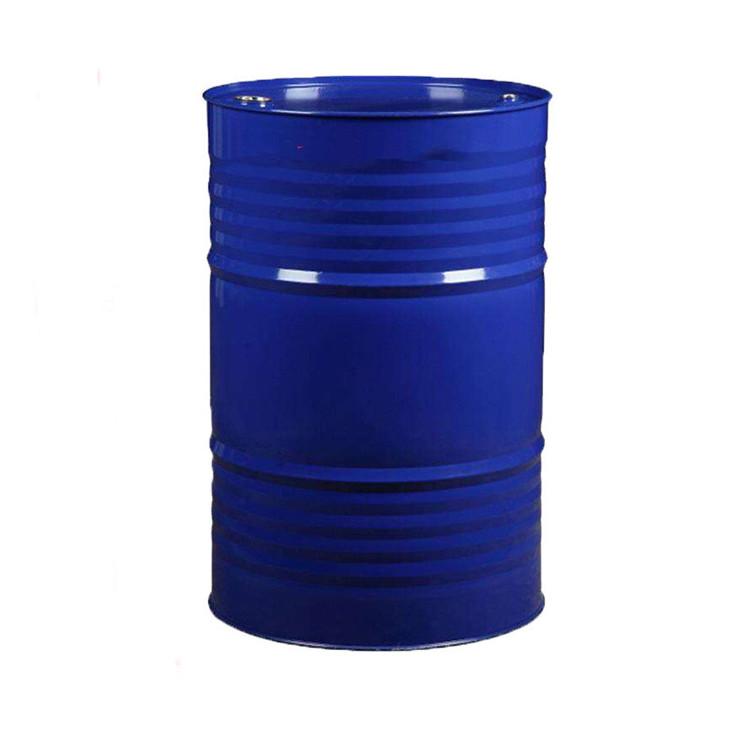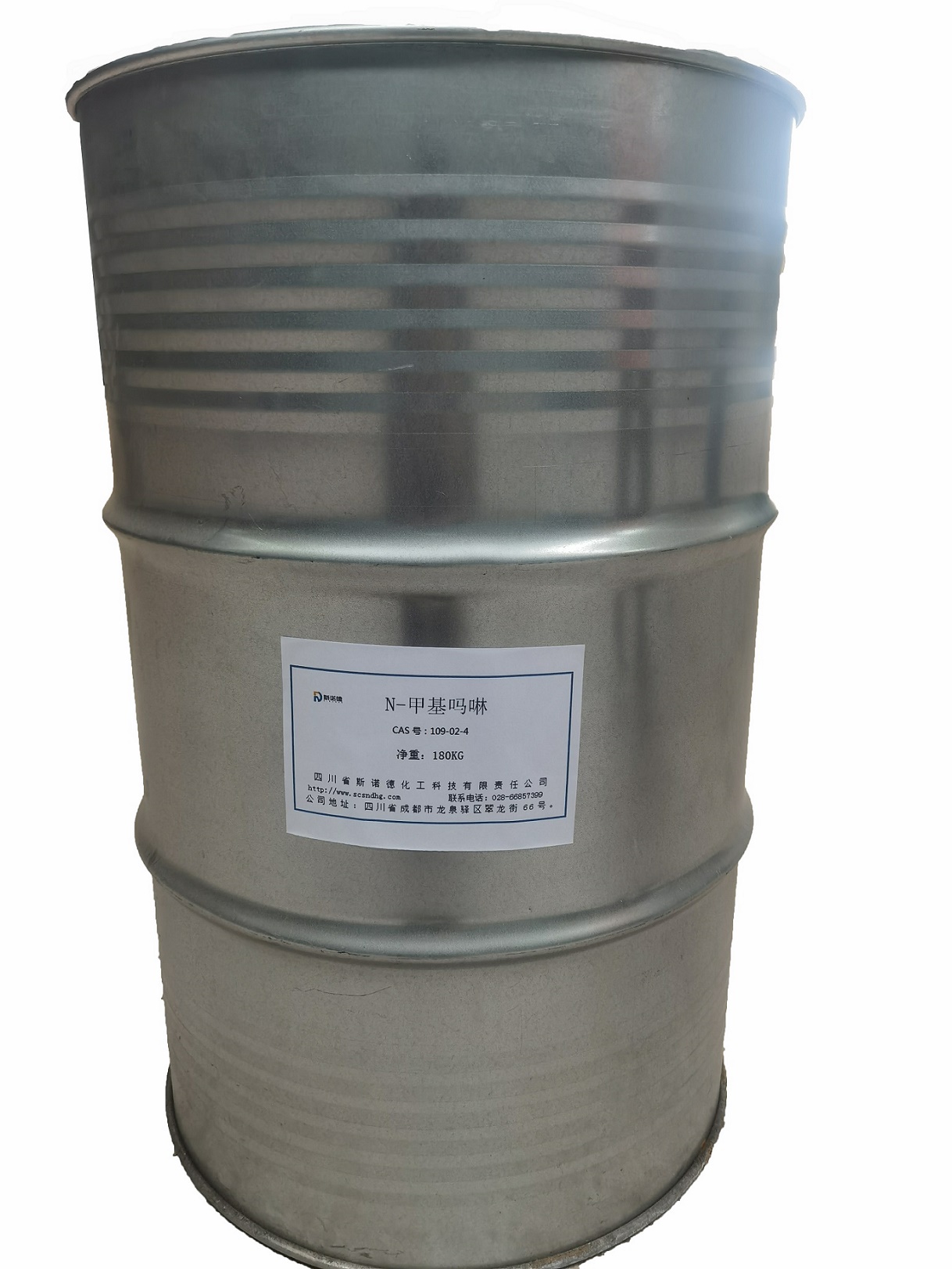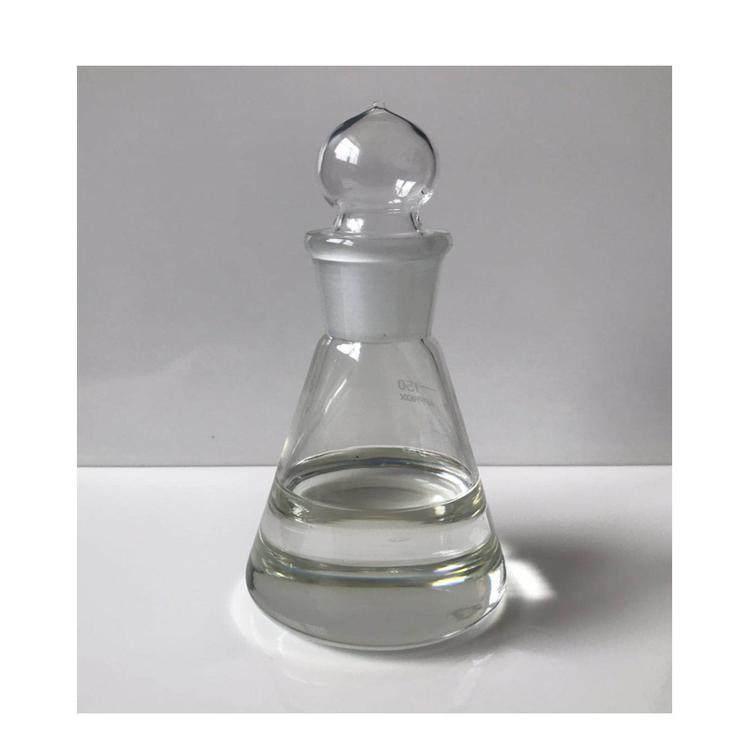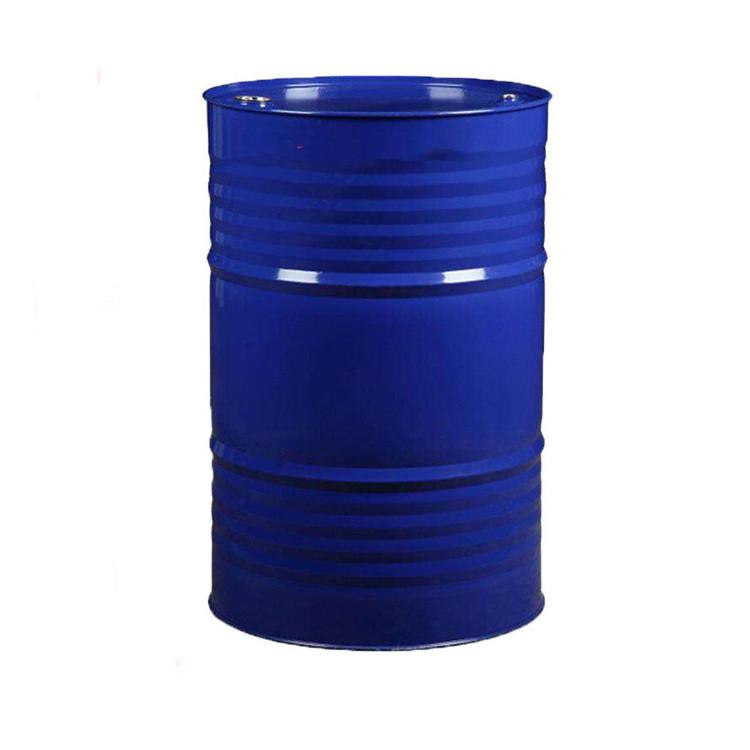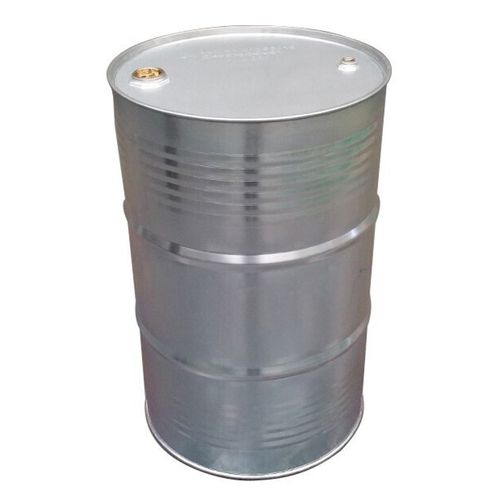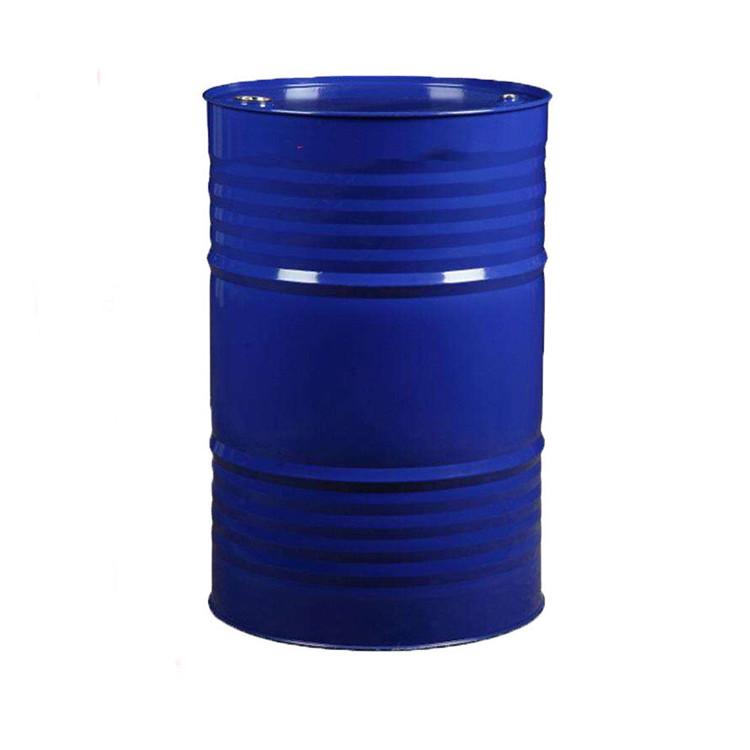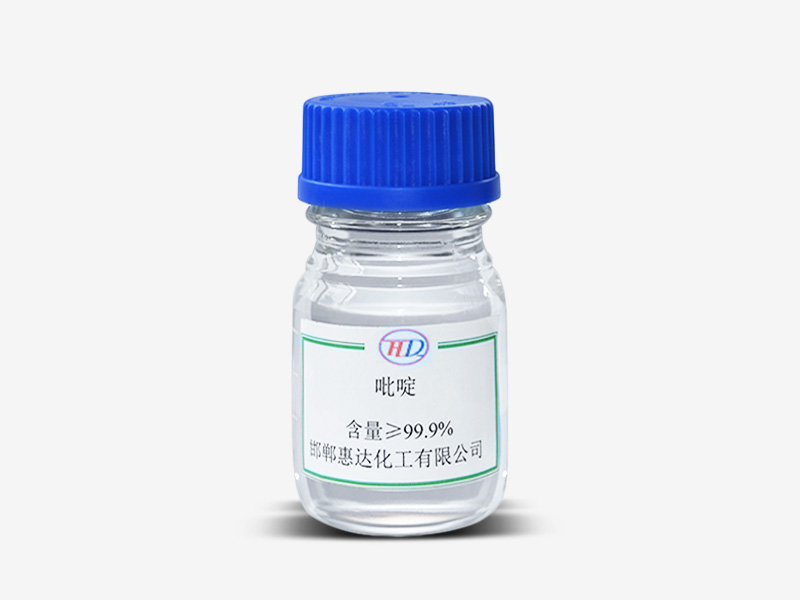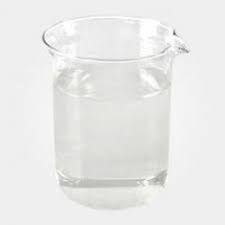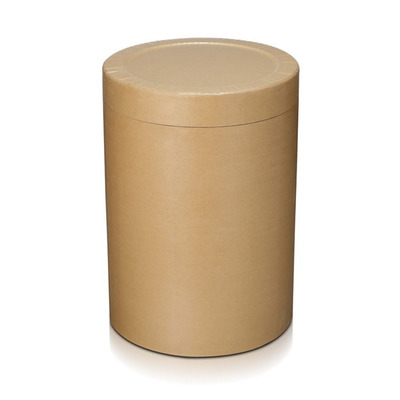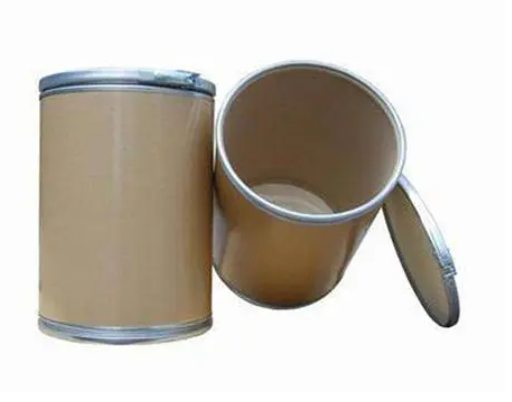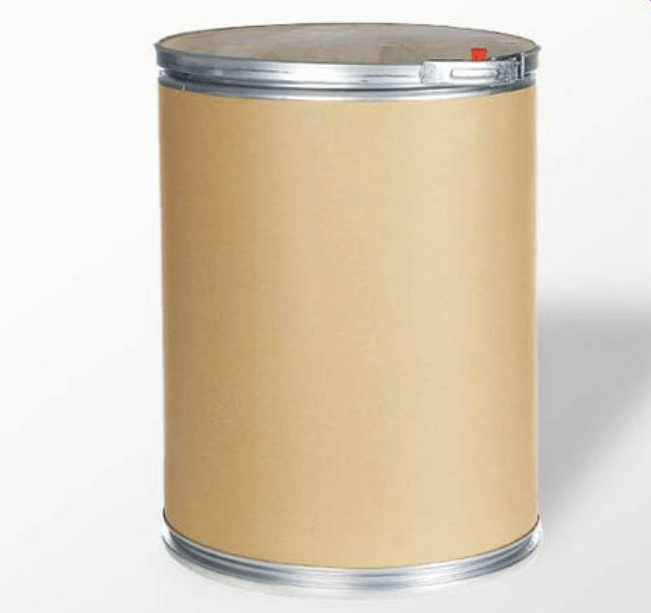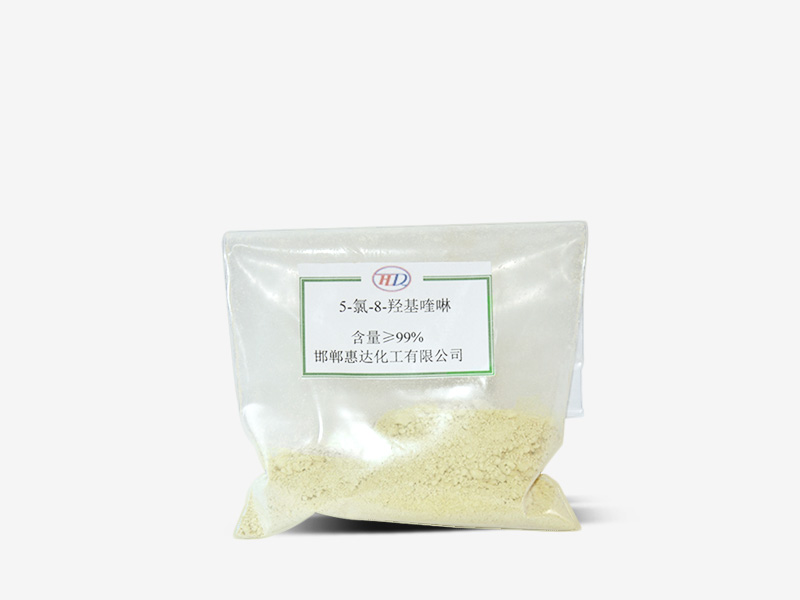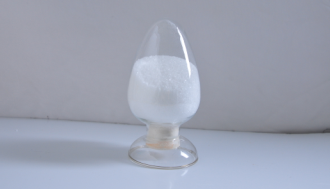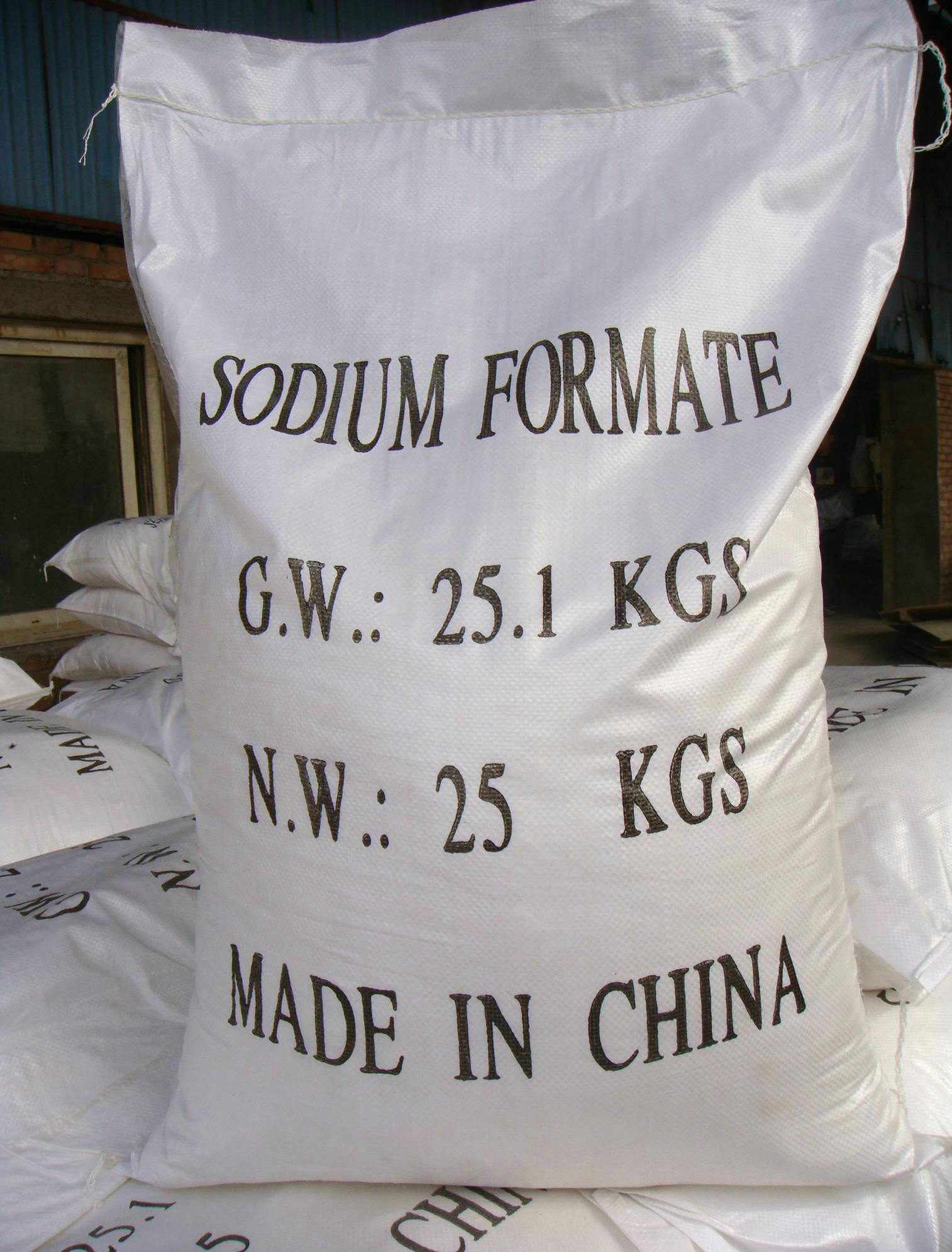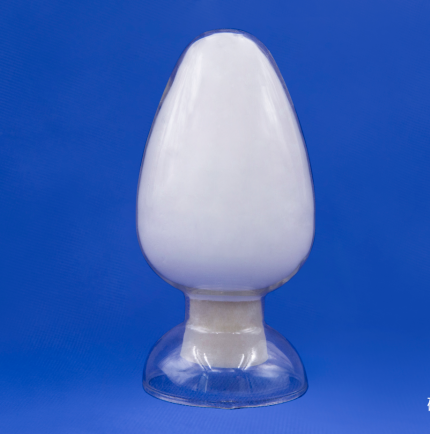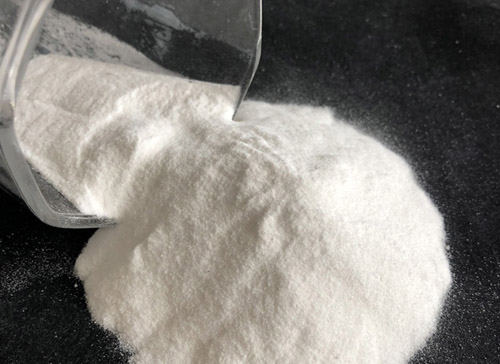Agrochemicals
Find
1230
related chemicals for you
CAS:106-43-4
Molecular Formula:C7H7Cl
Alias
More Information
1-Chloro-4-Methylanthraquinone; 4-Methyl-Chlorobenzene; 4-Chloro-1-Methyl-Anthraquinone; P-Tolyl Chloride; 1-Methyl-4-Chlor-Anthrachinon; 9,1-Chloro-4-Methyl; 1-Chloro-4-Methyl-9,10-Anthraquinone; P-Chlorotoluene; 4-Chlor-1-Methyl-Anthrachinon; 9,10-Anthracenedione,1-Chloro-4-Methyl; Para-Chlorotoluene; 1-Chloro-4-Methyl-9,10-Dihydro-9,10-Anthracenedione; Benzene, 1-Chloro-4-Methyl-; 1-Chloro-4-Methylbenzeene; 4-Tolyl Chloride
Brief Introduction
P-chlorotoluene is the intermediate of fenvalerate, Paclobutrazol, Uniconazole, trifluralin, chlorpyrifos, and so on. It can also be used to produce p-chlorobenzaldehyde, which is used as dye and pharmaceutical intermediate. The p-chlorobenzoyl chloride is the intermediate of xiaoyantong, and the p-chlorobenzoic acid is the raw material of dye and textile finishing agent.
Suppliers
View More Vendors (5) >
CAS:109-02-4
Molecular Formula:C5H11NO
Alias
More Information
N-Methylmorpholine; Methylmorpholine; N-Me-Morpholine; 4-Methyl Morpholine; 4-Methylmorfolin; Morpholine,N-Methyl; Morpholine,4-Methyl; 4-Methylmorpholin; Morpholine, 4-Methyl-; N-Methyl Morpholine; 1-Methylmorpholine; Nmm; nmm base; nmm Chemical; 4-Methyl-1-Oxa-4-Azacyclohexane; Akos 89985; Lupragen(R) N 105
Brief Introduction
N-Methylmorpholine is an important fine chemical product. It is an excellent solvent, emulsifier, corrosion inhibitor, polyurethane foam catalyst, and can also be used as pesticide intermediate. It is also used in the synthesis of surfactant, lubricant coolant, metal antirust agent, fiber treatment agent and other fine chemical products. The main synthesis methods are N-methylation method using morpholine as raw material, cyclization method using diethanolamine as raw material, cyclization method using diethanolamine as raw material and synthesis method using dichloroethane as raw material.
Suppliers
View More Vendors (5) >
CAS:110-86-1
Molecular Formula:C5H5N
Alias
More Information
Azabenzene; Azine; Pyridin; Piridina; Pirydyna; Pyridine Crude
Brief Introduction
Pyridine is a six membered heterocyclic compound containing one aza atom, that is, a compound formed by the substitution of one carbon in benzene molecule with nitrogen. It is similar to benzene in that it has the same electronic structure and still has aromaticity. Pyridine and its derivatives are more stable than benzene, and their reactivity is similar to nitrobenzene. Due to the electron absorption of nitrogen atoms in the ring, the electron density at positions 2, 4 and 6 is lower than that at positions 3 and 5. The typical aromatic electrophilic substitution reaction occurs at positions 3 and 5, but the reactivity is lower than that of benzene, so it is generally not easy to nitration, halogenation and sulfonation. In addition, these substitution reactions are carried out in acidic medium. Pyridine forms positively charged ions, which make electrophilic reagents inaccessible. The halogens of 2-or 4-halopyridines are active. Because of the low electron density at positions 2 and 6, nucleophilic substitution reactions can take place at these positions, such as reaction with sodium amino or potassium hydroxide, to give corresponding 2-aminopyridine or 2-hydroxypyridine. Pyridine can also be used as denaturant and dyeing aid in industry, as well as the starting material for synthesis of a series of products, including drugs, disinfectants, dyes, food seasonings, adhesives, explosives and so on. Pyridine is toxic, inhalation, ingestion or skin contact can lead to reduced male fertility, can also cause cancer.
Suppliers
View More Vendors (5) >
CAS:130-16-5
Molecular Formula:C9H6ClNO
Alias
More Information
5-Chlorooxine; 5-CHQ; 5-Chloroquinolin-8-Ol; 8-Quinolinol, 5-Chloro-; 5-Chloro-8-Quinolinol; 5-Chloroquinophenol; Clioquinol Ep Impurity A; 5-Chloro-8-Oxyquinoline; 5-Chloro-8-Quinolino
Brief Introduction
5-Chloro-8-hydroxyquinoline is an anti-bacterial, anti fungal, anti-aging and anti tuberculosis drug.
Suppliers
View More Vendors (5) >
CAS:141-53-7
Molecular Formula:CHNaO2
Alias
More Information
Formic Acid, Sodium Salt; Formatedesodium; Formate Sodium; Perstop Sodium Format
Brief Introduction
Sodium formate is an organic sodium salt which is the monosodium salt of formic acid. It has a role as a buffer and an astringent.
(1) It can be used to produce formic acid, oxalic acid and sodium hydrosulfite.
(2) It can be used as a reagent, disinfectant and mordant for the determination of phosphorus and arsenic.
(3) It is a precipitant of heavy metals. It can precipitate precious metals and form trivalent metal complex ions in solution.
(4) It has buffering effect and can correct the pH value of strong mineral acid.
(5) It can be used as reducing agent.
(6) It can be used in medicine, printing and dyeing industry. Used for alkyd resin coatings, plasticizers, high explosives, acid resistant materials, aviation lubricants, adhesive additives.
Suppliers
View More Vendors (5) >
Inquiry (
10
/ 10
)
Clear All
You can inquire for up to 10 products at a time
Sign In
Error!

